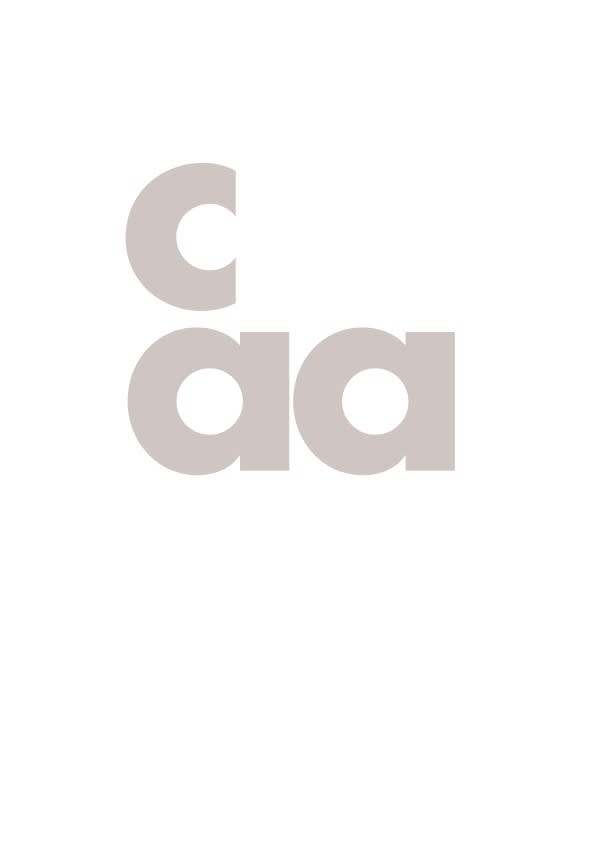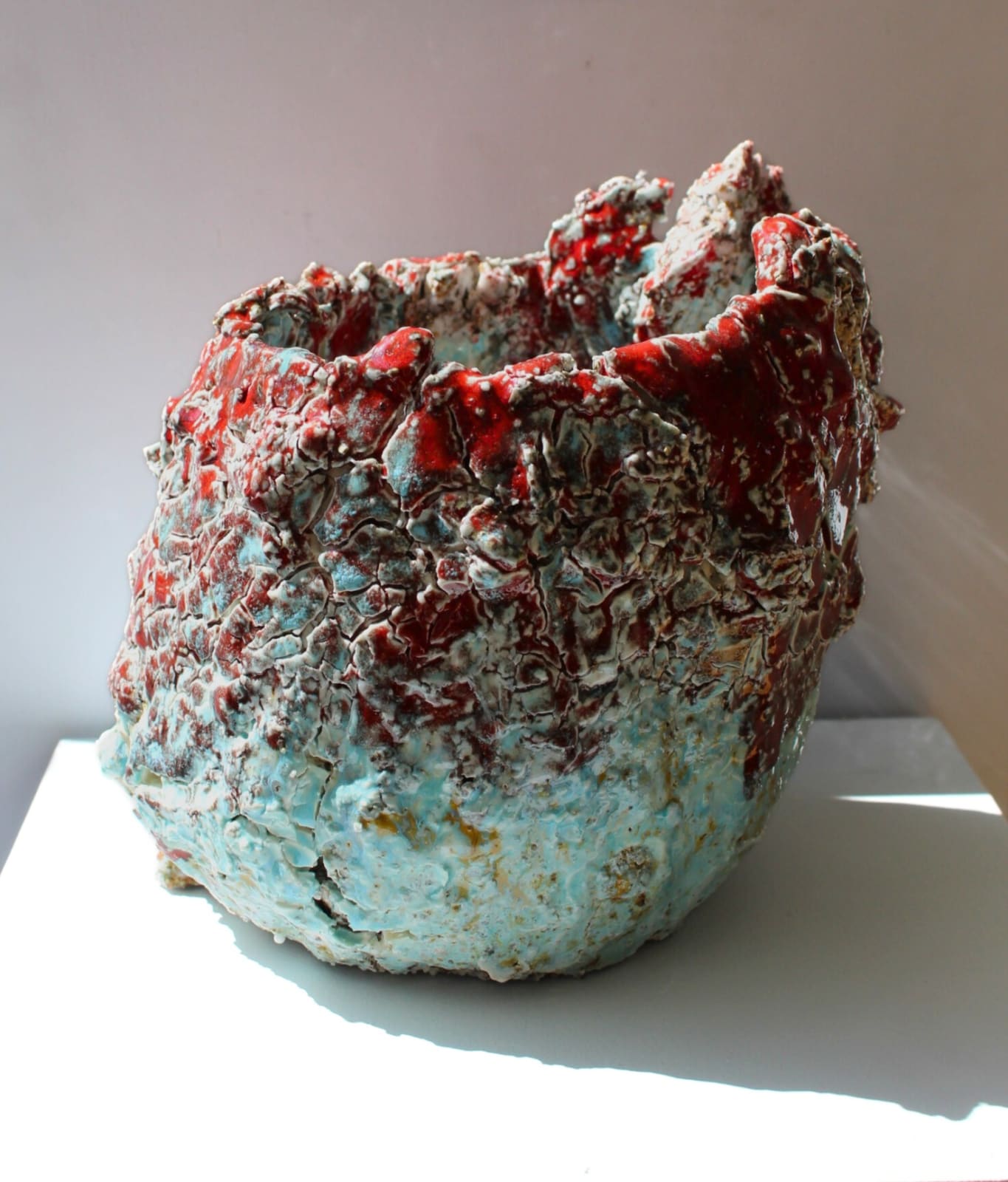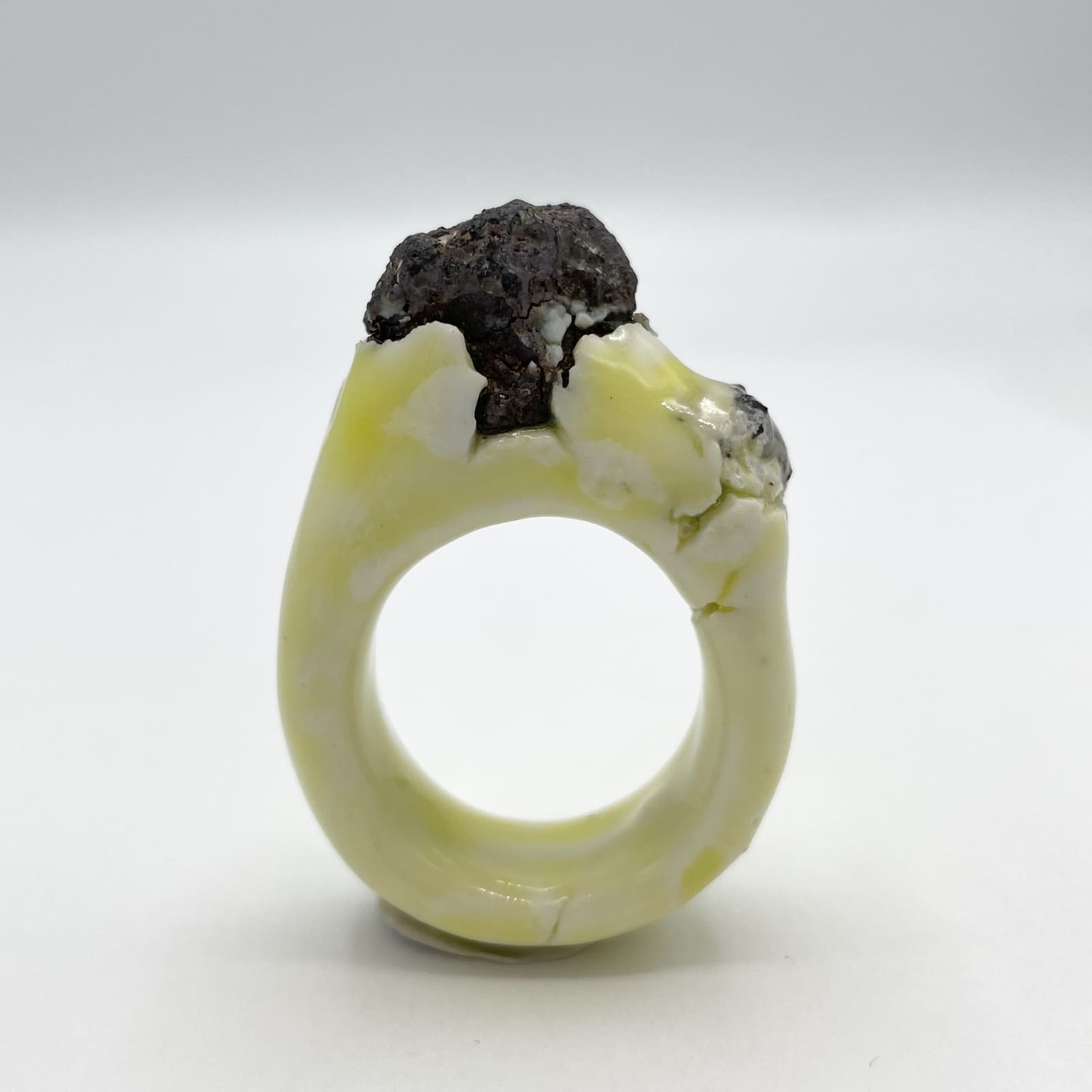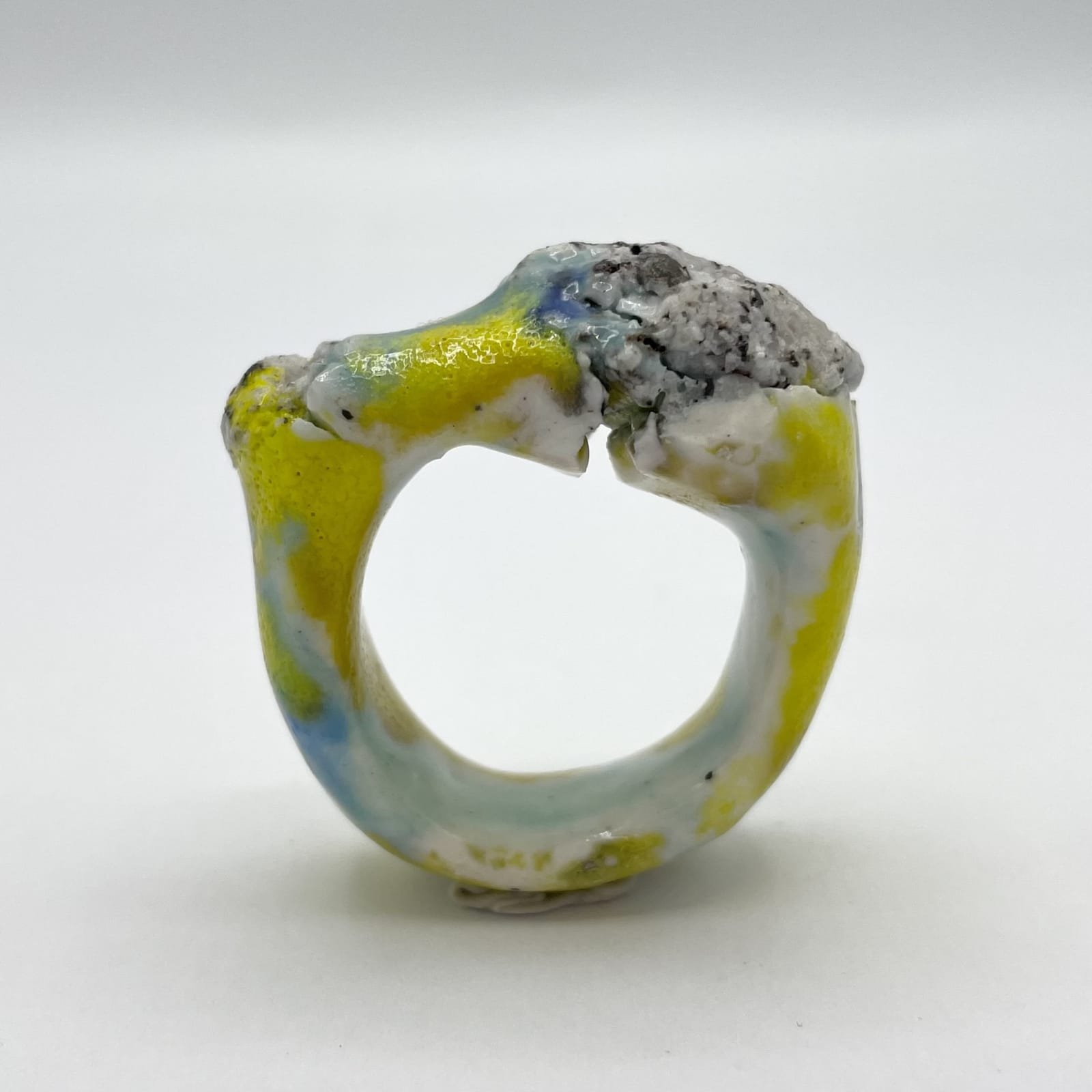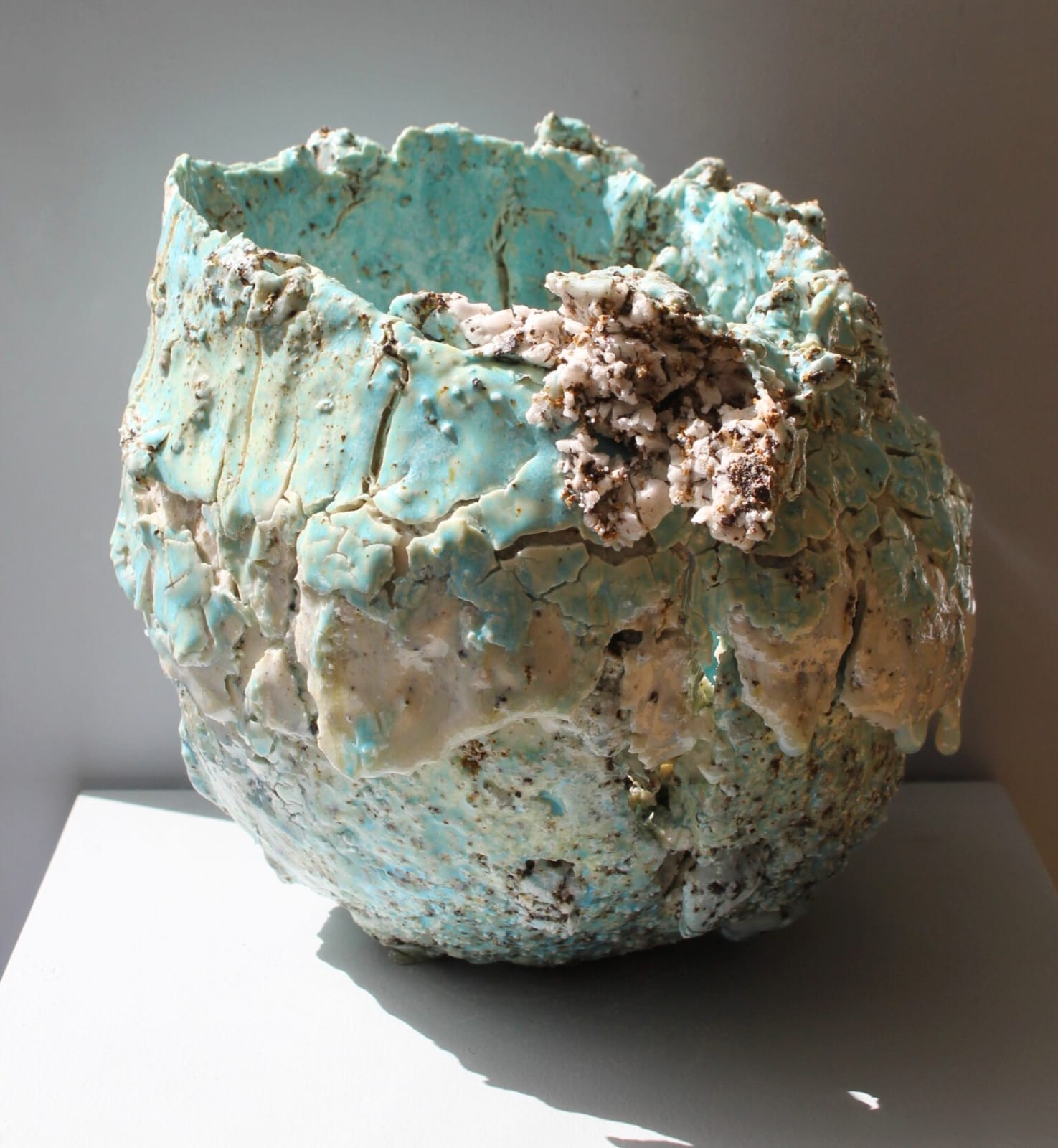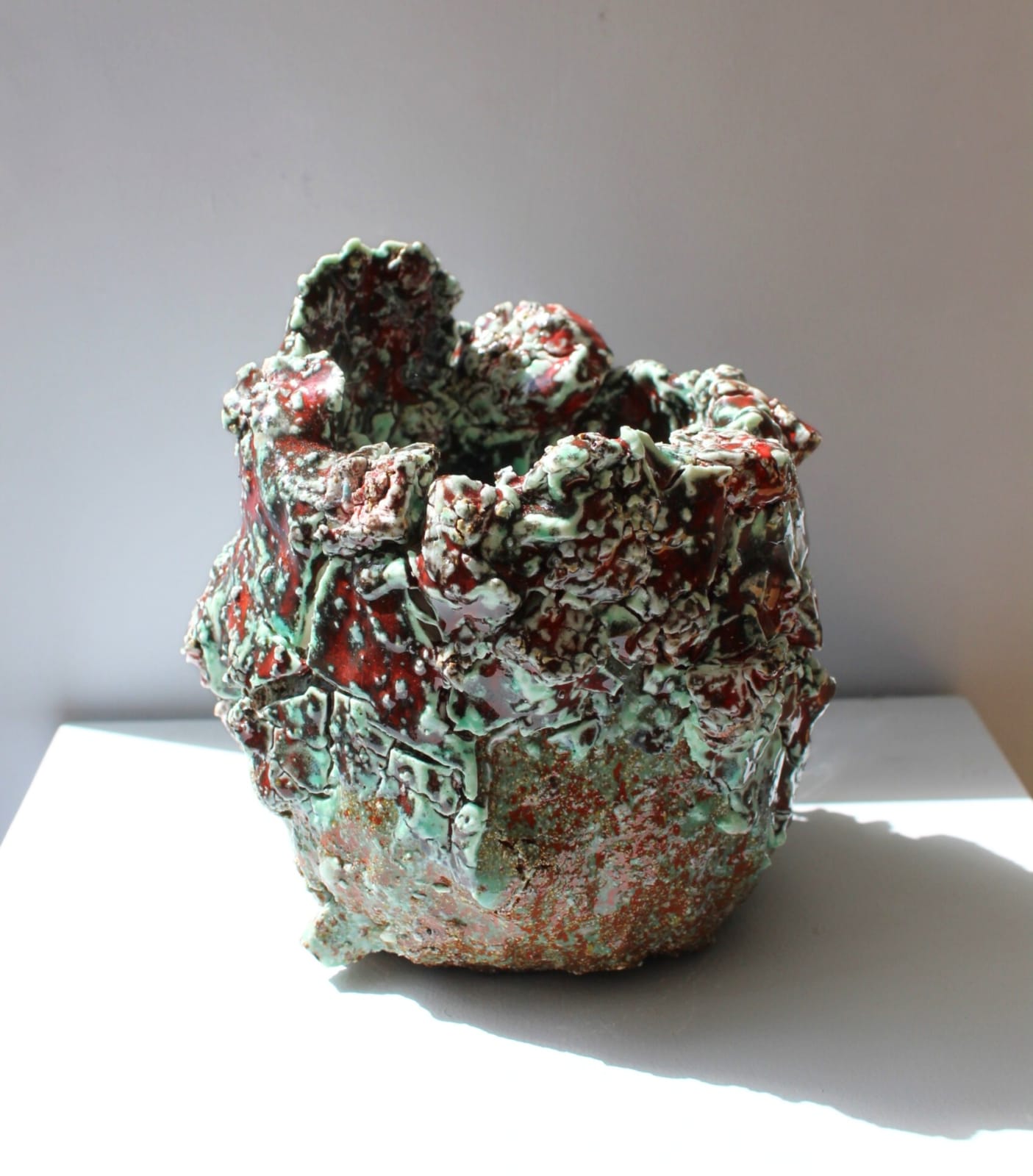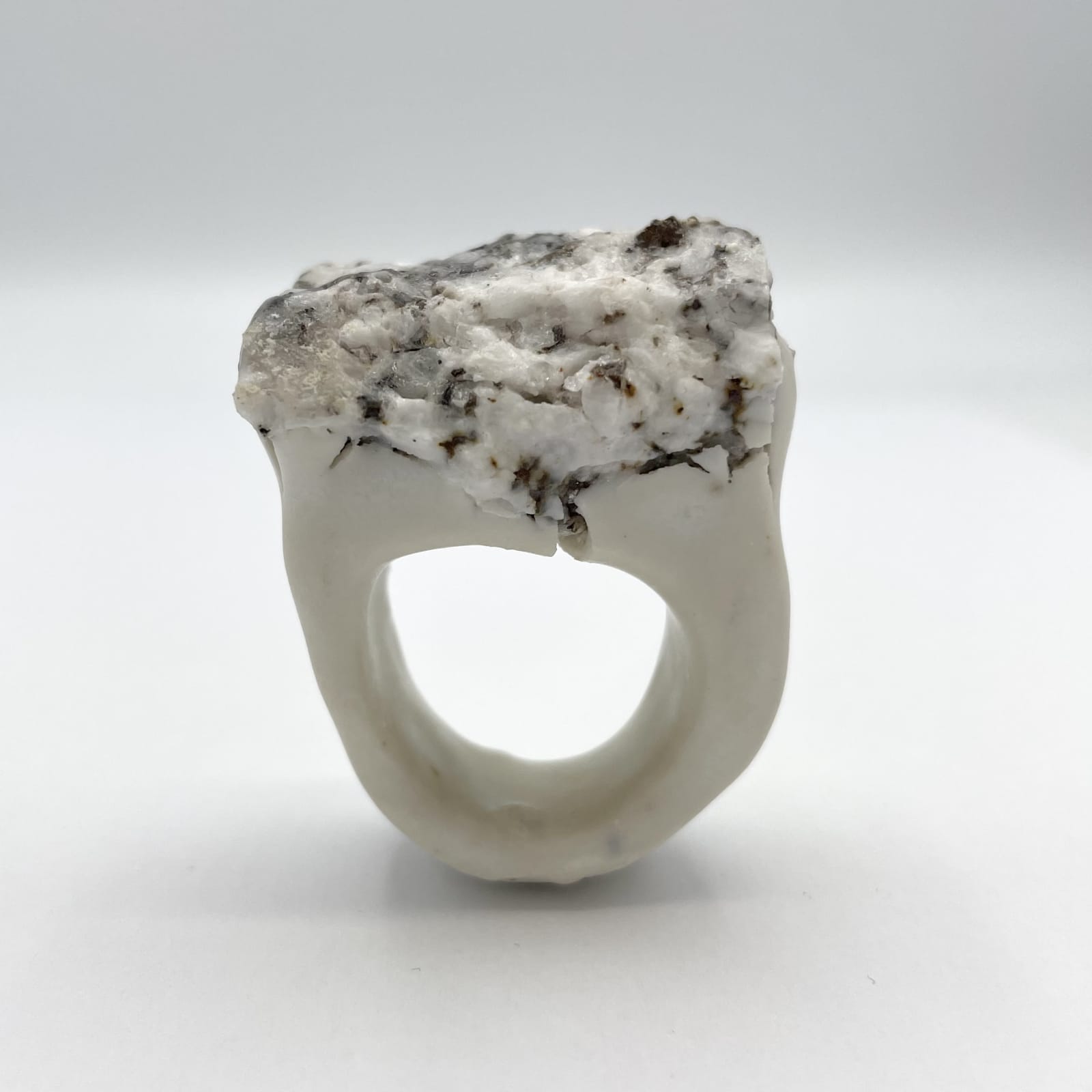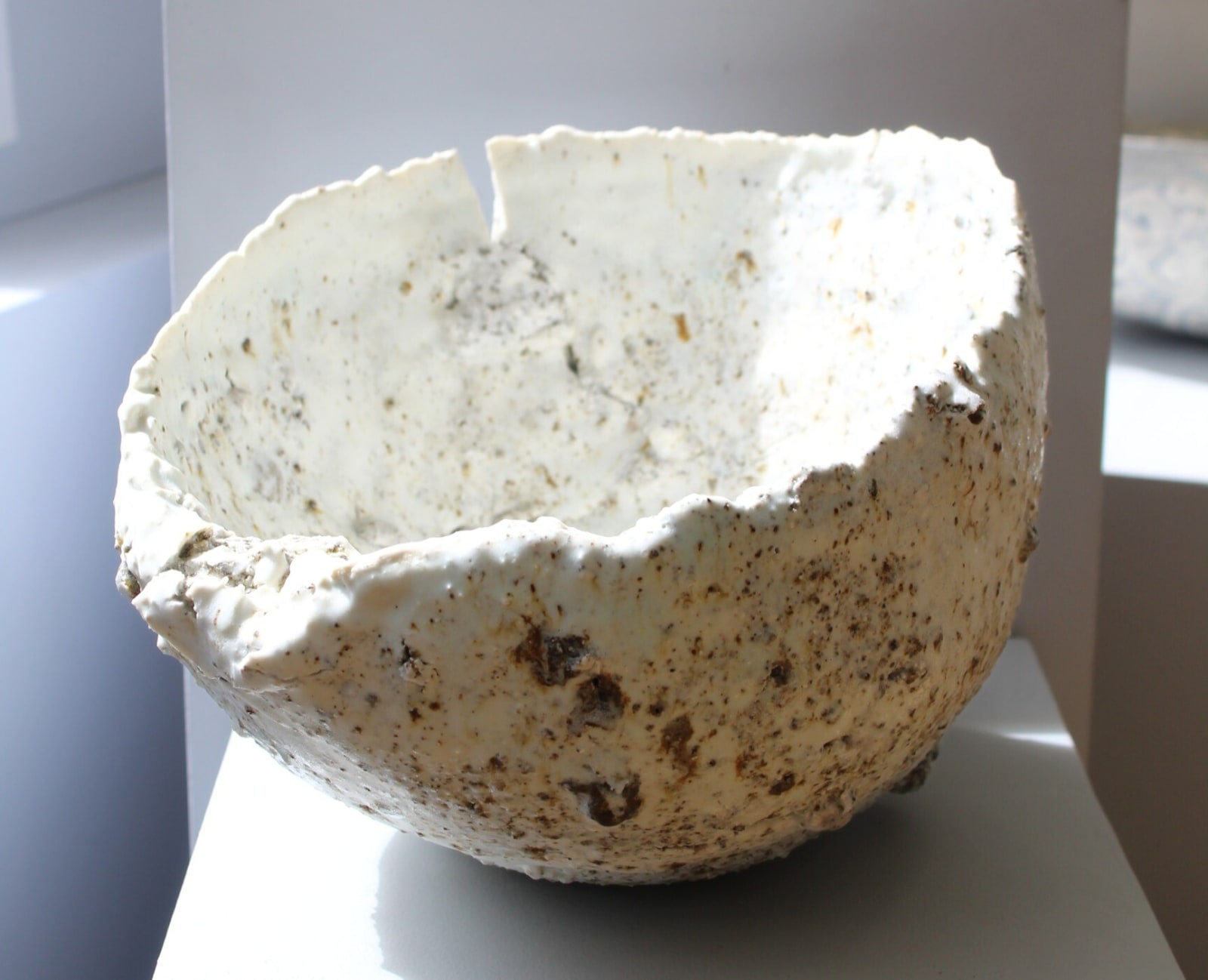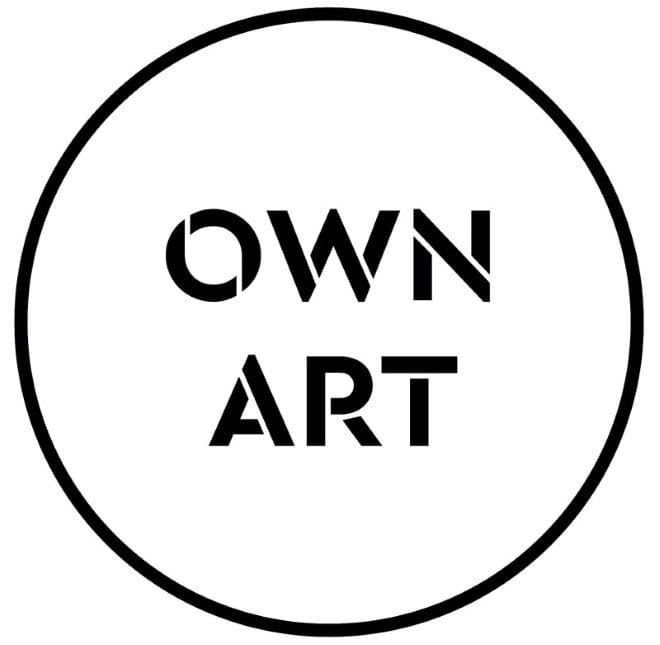We’re excited to share some stunning new pieces from ceramic artist Aneta Regel.
At the heart of Aneta’s art is a curiosity about materials—how they behave, how they can be combined, and how they can tell a story. Her ceramics are all about expression, emotion, and the sheer power of art to communicate something beyond words.
Aneta Regel creates abstract ceramic objects that do not exist in nature, but which react to, or transmit, information about the natural world. Her work is an emotional response to what nature has evoked in her. The main focus of her ceramic forms is the exploration of materials and their combinations. Regel’s work seeks no functional path other than that of the communicative and expository power of art itself.
Aneta Regel was born in 1976 and grew up in northern Poland. She has many memories of her natural environment of her hometown , an impressive and rugged rural landscape dotted with huge boulders, round and smooth rocks full of fossils , and even anotropomorphic forms dating to the Ice Age. This unusual natural environment was the source of countless legends in the region and the people long widely believed that these fossils had magical powers. Her current works now more than ever embody the transcental forces of nature , which provokes in her a wonder mixed with fear and respect.
After studying sculpture for four years at the Academy of Fine Arts in Gdansk, Poland , she moved to the UK and continued studying in the early 2000’s. She studied at the university of Westminster and then at the Royal College of Arts in London, where she graduated in 2006 with a degree in glass and ceramics. After graduation she opened her studio in Stoke Newington, where the chocolate Factory used to be, but which is now home to one of most active studios for artists in the heart of London. She has since worked on abstract sculptures of organic forms associated with natural phenomena, sometimes creating figurations (animal or anthropomorphic )to better depict the archaic forces that dominate the world despite the human determination to dominate and control the world by technology .
The roughness of the surfaces , the convulsive or germinative movement of the forms, and the disturbing mix of the materials composing the forms give the impression that her sculptures are not workings of human hands or human mind but the result of antediluvian seismic shocks that have come to us directly from violent “ Big Bang “.
She mixes clay with crushed stones and her sculptures conjure up natural forms, such as trees , roots , mangroves , or rocky mounds covered with lichens.
